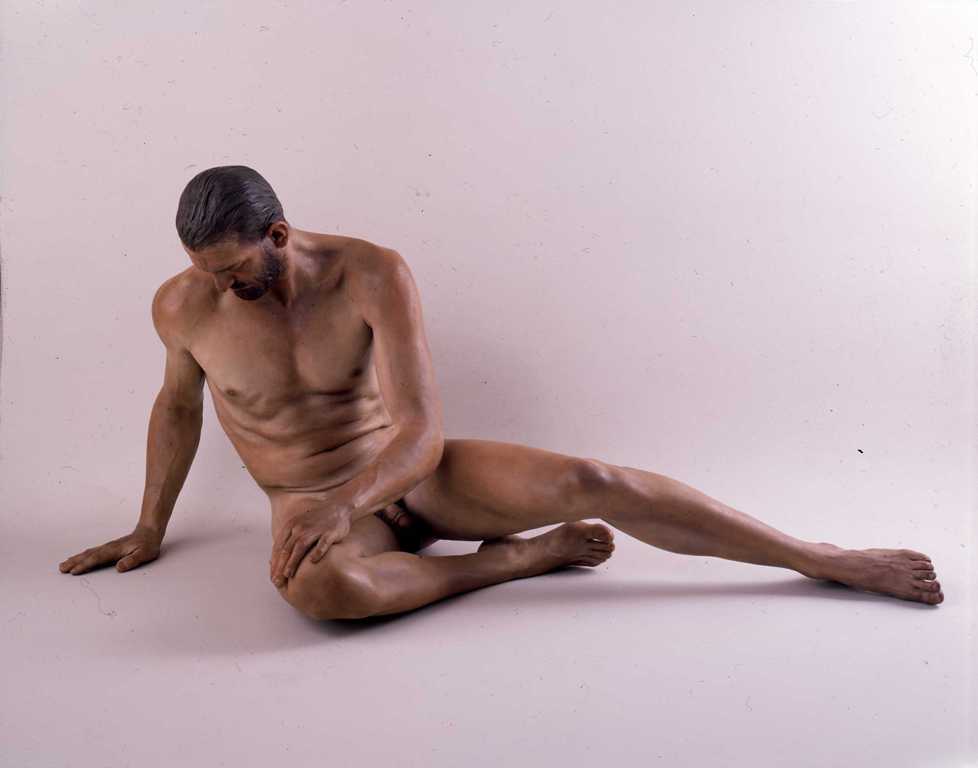Dying Gaul

John DeAndrea, Dying Gaul, 1984, polyvinyl and polychrome with pigment, Gift of Michael F. Rakosi and Robert Grossman, © 1984 John DeAndrea, 85.125
This work is not currently on view.
- Title
Dying Gaul
- Artist
- Date
1984
- Medium
polyvinyl and polychrome with pigment
- Dimensions (H x W x D)
29 1/2 in x 31 in x 62 in
- Collection Area
Modern and Contemporary Art
- Category
Sculpture
- Object Type
sculpture
- Culture
American
- Credit Line
Gift of Michael F. Rakosi and Robert Grossman
- Accession Number
85.125
- Copyright
© 1984 John DeAndrea
- Terms
The Dying Gaul reproduces the pose of a Hellenistic sculpture from 240 BCE that is known from a Roman marble copy and famous for its realism. Although Greek and Roman artists appreciated the imitation of life, they also strove for idealized form, smoothing away imperfections and distracting details in their work to achieve a prescribed ideal. In adopting a familiar classical subject and pose, DeAndrea strips away narrative content to emphasize instead a cold, literal realism in his rendering of a modern naked man. Despite the pose's classical references, the figure, with its stylishly short beard and slicked-back hair, nonetheless looks contemporaneous in its "warts and all" objectivity. Through expert handling of synthetic materials and traditional techniques, the artist depicts the minute detail of the human body that the classical artist would have eliminated. DeAndrea recasts the Dying Gaul figure not as a symbol of tragic, heroic defeats, but as an unflinching mirror of a modern emotional state of being that is psychologically remote and reflective.









